Having your pet go missing is one of the biggest fears owners face. Dogs can slip out of a yard in seconds. How to find them afterward? We’ve all seen “Lost Pet” signs plastered on telephone poles and posted in storefronts. We know how long those posters stare back at us. If your dog has mastered escape tricks, it may be time to consider one of the dog GPS trackers to help you bring them home.
Little Dog Lost
According to the American Humane Association, a third of pets get lost at some point in their lives. “Getting lost” may mean wandering into a closet or cabinet they can’t escape from (a popular occurrence in cats). However, many other pets panic in social situations, react poorly to loud noises, or chase wildlife out of their yards. Suddenly, dogs and cats find themselves on strange streets and surrounded by unfamiliar faces.
And, according to Petfinder, only 22% of those lost pets manage to reunite with their owners. It’s a sobering statistic.
Increasing the Odds
You can improve your chances of your dog returning home in a lot of different ways:
- Keep an ID tag on their collar at all times
- Have them microchipped (and make sure you register the chip)
- Consider an invisible dog fence for your yard
- Walk your dog with a harness rather than a collar
The more layers of safety you have in place, the less chance your dog will escape your presence. Dog GPS trackers serve as the final box on the checklist – should the worst happen.
Types of Trackers
Dog GPS trackers do precisely that: they pinpoint your dog’s location. Some use GPS – with or without cellular service. Others use radio frequency (RF), and still others use Bluetooth technology. Your dog wears the tracker on their collar, and the signal gets relayed to your smartphone.
You have three primary types of dog trackers to choose from:
- GPS: GPS dog collars are the newest form of technology. They use three global positioning satellites to pinpoint the tracker on your dog’s collar. Given the number of these available satellites, the range doesn’t present a problem (unless your dog goes inside).
- Radio: Radio collars don’t surface much nowadays. Radio’s an old technology, subject to weather conditions (it won’t work in storms). However, you get a little more distance than short-range dog trackers (up to 5 miles). You don’t get real-time data the way you will with modern dog trackers.
- Short-Range: Short-range trackers utilize either radio frequency identification (RFID) or Bluetooth. As you might guess, their range is limited (about 100-400 feet). You’ll get a direction, though, and an approximate distance between your receiver and your dog’s tracker. They’re the smallest dog trackers out there.
Choosing a Dog GPS Tracker
If you have a dog that likes to explore the boundaries of the yard, or you’re just a worried pet parent, dog GPS trackers provide an extra level of reassurance. Each type comes with different pros and cons, and you’ll need to consider those with your shopping. In general, though, keep the following features in mind:
- Waterproof: Your dog may hate the water. But now they’re on their own. They may be splashing through puddles or taking a dip in a pond. Or it could just decide to rain. You need that tracker to function no matter what.
- Handheld: It does you no good to boot up your desktop computer and shout directions to someone on the phone. You need to coordinate that tracker with an app on your smartphone, so you can go everywhere your dog goes.
- Battery Life: You’re hoping to find your dog right away. But what happens if they go missing for a day? If your dog GPS tracker battery only lasts a couple of hours, it isn’t worth it. You want AT LEAST 24 hours to work with.
- Scanning: Some dog GPS trackers come with a bonus “scanning” feature. This allows a Good Samaritan to find your dog’s information and report it to you via the app.
- Subscriptions: No one likes paying extra fees. Unhappily, many dog GPS trackers involve a monthly subscription. While this may sound like a pain, consider this angle: you get customer service who can patiently walk you through any questions or panic when your dog goes missing.
- Real-Time Maps: Dog GPS trackers need three satellites to function. As you or your dog move, they switch. That lapse in time can mean a loss of data, which might be crucial. You want a real-time mapping feature, so you know EXACTLY where your dog is at all times.
Best Dog GPS Trackers
No one wants their dog to get lost. You have an ID tag in place, your dog’s microchipped, you even have a fenced-in yard. But dogs panic when you have a party. Someone doesn’t close the door fast enough. Or there’s that one annoying squirrel that pushes your dog past their limit (it always seems to be squirrels). Dogs escape in the blink of an eye, and they get themselves lost in no time. Dog GPS trackers help you bring them home. You won’t have to fret over making posters or forming a neighborhood patrol. That peace of mind is priceless.
Best GPS Collar Dog GPS Trackers
The GPS collars are the newest technology in dog tracking. They integrate with cell phone technology seamlessly. You WILL probably have to purchase a subscription service, which is an added expense. But the relief of having someone to turn to when you need to activate that dog GPS tracker? You can’t put a price on that. The downsides to the GPS collars are satellites can’t find the tracker indoors. So if a Good Samaritan brings your dog inside, the tracker won’t ping. Also, these dog GPS trackers have the poorest battery life. Make sure you stay on top of the charge at ALL times.
Fi works a little differently than other dog GPS trackers. When your dog slips out of sight, the tracker reaches out to all Bluetooth-enabled devices nearby to pinpoint your dog’s location. You’ll need a subscription service, of course, but the power output is MUCH less than other dog GPS trackers. In fact, a fully charged battery lasts up to THREE MONTHS! You get the bonus of an activity tracker, which provides goals for your particular breed. And when your dog does go missing, you receive updates on their location minute-by-minute. As you get closer, an LED light on the tracker starts to pulse, helping you pick them out in the surrounding environment.
Downsides? Fi is one of the more expensive dog GPS trackers. It also comes as part of a collar (up to you on whether that’s a downside or not). The collars are designed for dogs weighing at least ten pounds, though you can request a smaller size. While the battery lasts longer than most, the “lost dog” mode eats up that charge FAST.
The Good
- Pings all Bluetooth-enabled devices near your dog to pinpoint the location
- Battery lasts 3 months
- Doubles as an activity tracker
The Bad
- Expensive
- Dogs should weigh more than 10 pounds
- When collar's activated, battery eats up charge
If you don’t want to pay for a monthly subscription, PetFon provides an alternative. Their dog GPS tracker comes subscription-free. You have a range of 3.5 miles in rural areas and 0.65 miles in urban areas. And you still get real-time mapping with their LoPowan wireless transmission service. Even better, you can pre-record a message into the tracker for your dog to “come home” as soon as they exit their set “safe region.” And when the sun goes down, you can activate a built-in light to increase your dog’s visibility.
The downsides? That 0.65-mile range in congested areas doesn’t allow for much room. Hopefully, you’ll snag your dog before they get too far. The tracker is supposed to be waterproof, but some people noted their dog’s swimming shorted the tracker out. Also, the battery only lasts about 8-16 hours.
The Good
- No monthly subscription
- Range of 3.5 miles in rural area
- Real-time mapping
- Can pre-record a "come home" message
The Bad
- Only has a 0.65 mile-range in urban areas
- Not as waterproof as claimed
- Battery only lasts 8-16 hours
The Whistle GO coordinates with AT&T’s network and Google Maps to provide real-time tracking. Their dog GPS tracker also doubles as a fitness tracker, similar to the kind you might wear. You can monitor your dog’s activity levels (well, their licking, scratching, and sleeping). The app allows you to establish “safe zones,” and you’ll receive an alert as soon as they venture outside of the area. A fully charged battery can last up to seven days.
So what are the downsides? The tracker is on the bulky side. It’s best if your dog weighs at least 15 pounds so they don’t feel weighed down. If you’re in an area with weak network signals, you WILL get a significant delay on alerts. And you can’t save the map of your dog’s movements unhappily.
The Good
- Doubles as a fitness tracker
- Alerts you when your dog leaves established "safe zones"
- Battery lasts 7 days
The Bad
- Dogs should weigh more than 15 pounds
- Requires subscription with AT&T network
- Can't save the map of your dog's movements
The Whistle 3 is a step down (financially) from the Whistle GO. You still get the same coordination between AT&T and Google Maps. However, instead of doing everything through the app, you have the option of setting up text or email alerts. You get the same activity monitoring capability, and you can create the same “safe zone” and alerts. You’ll also get a full seven days on a full battery.
Downsides? This dog GPS tracker didn’t get any smaller, unhappily. So it’s still too large for tiny dogs. It also deletes all data every 24 hours to save on space, so make sure you have notes written down for yourself.
The Good
- Less expensive than the Whistle GO
- Text and email alerts available
- Battery lasts 7 days
The Bad
- Dogs should weigh more than 15 pounds
- Requires subscription with AT&T network
- Deletes all data every 24 hours
Best Short-Range Collar Dog GPS Trackers
If you hate the idea of a subscription service, you have alternatives. Short-range collars are always a possibility. Maybe you live in an apartment complex. Or perhaps your dog has cat-like qualities and manages to disappear inside your house. If you’re not anticipating long neighborhood hunts, a short-range collar can fit the bill. They’re not traditional dog GPS trackers, but they work in a pinch.
Okay, skip the part saying the Loc8tor is for cats (although, by all means, consider this for your cat). You might have a bitty dog that can’t wear a traditional dog GPS tracker. That’s where this option comes in. Rather than GPS technology, Loc8tor uses RFID. You receive a handheld device that signals when you get close to the RFID chip in the tracker. The tracker itself is lightweight and attaches easily to your dog’s collar. No subscription fee to worry about.
Downsides? The range is small: you need to be within 400 feet of your dog for the handset to pick up the tracker. There’s also no real-time map. You’re going to play Marco Polo with your dog. However, if the alternative is NOT finding your dog, it’s a great compromise.
The Good
- RFID technology with handheld device
- Lightweight
- No subscription
The Bad
- Only has a range of 400 feet
- No real-time mapping
When all else fails, simplicity works. The Tile Pro’s MEANT to help you keep track of the possessions you lose all the time. By fortuitous design, it’s small enough to attach to your dog’s collar! The tracker works on Bluetooth service, sending back location information any time your dog comes in the range of another Bluetooth user with the app. If you opt for the subscription service (not required, just an option), you get an extended warranty and free battery replacements. Considering the little tracker’s lightweight and completely waterproof, it makes an excellent substitute for a dog GPS tracker.
The downsides? Unhappily, the range is just 400 feet again. You get a little more advantage since other Bluetooth phones with the app can ping your dog’s location, though. It’s not a real-time map, but people might be willing to pitch in when they notice their screen alerting them.
The Good
- Pings all Bluetooth-enabled devices near the tracker
- Lightweight and waterproof
- Subscription provides an extended warranty and free battery replacement
The Bad
- Only has a range of 400 feet
- No real-time mapping
Homeward Bound
Everyone hopes their pets never leave home. It doesn’t stop us from setting up a careful network of ID tags and microchips, though. Dog GPS trackers are one more layer in that network. If we can see that alert pop up and rush out the door before our dog gets too far, it’ll calm the panic.
Okay, it may not calm the panic, but it’s better than the heartache of never seeing our beloved canine again. This technological advance is helping more and more people reunite with their missing pets. And THAT’S what matters.

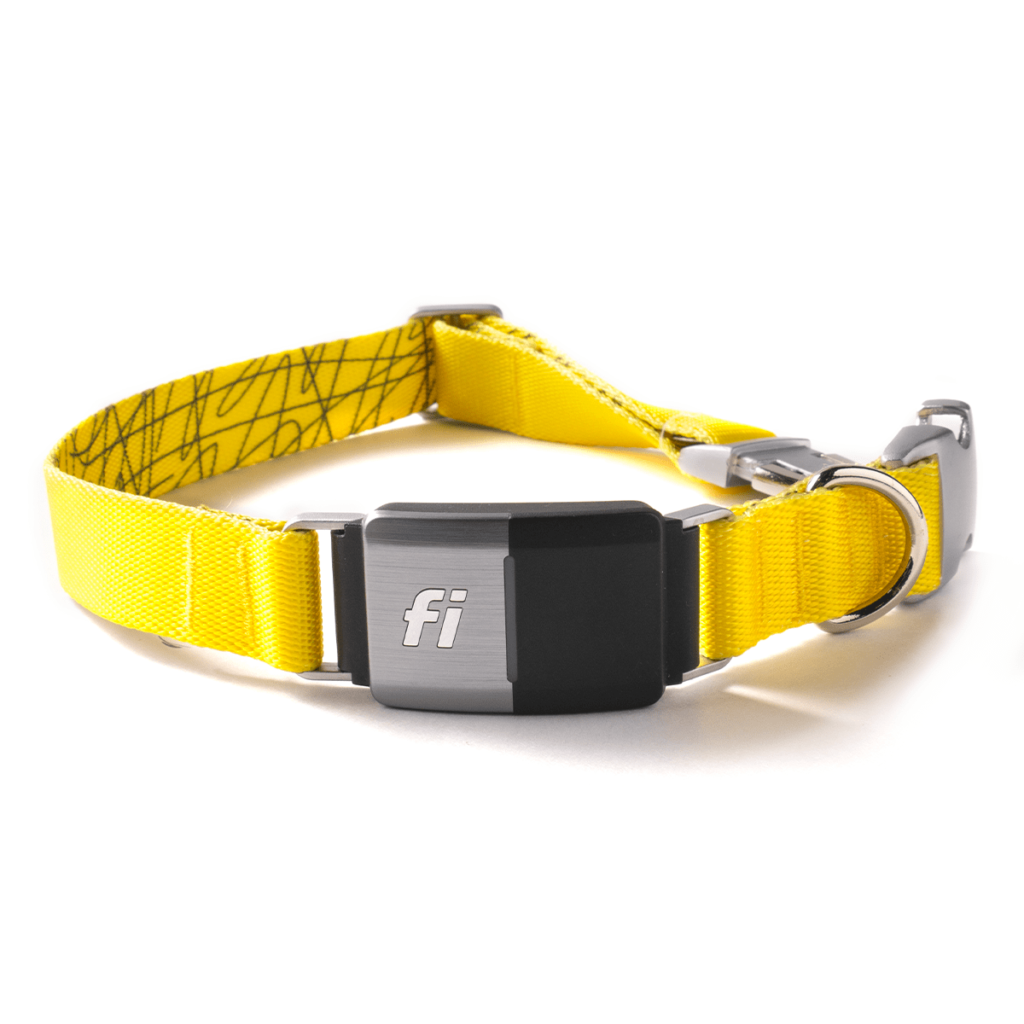
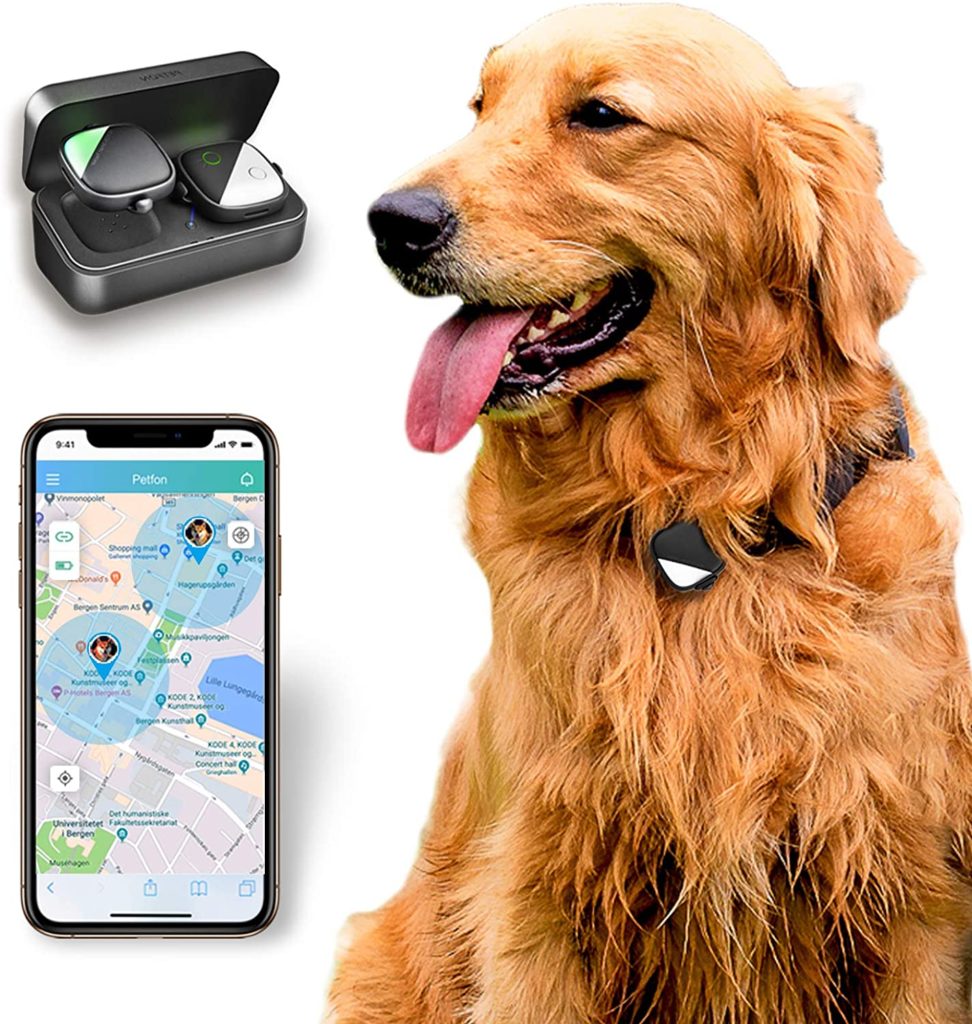
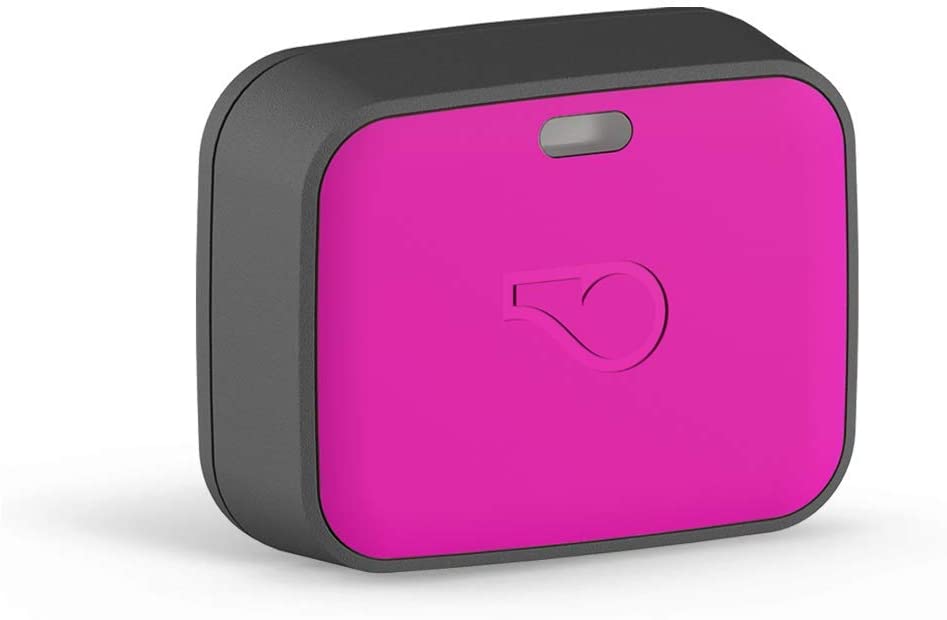
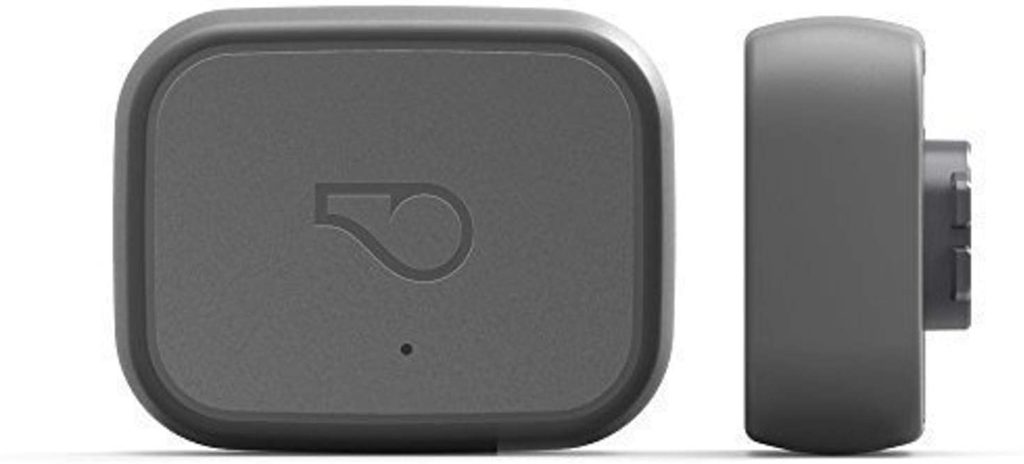
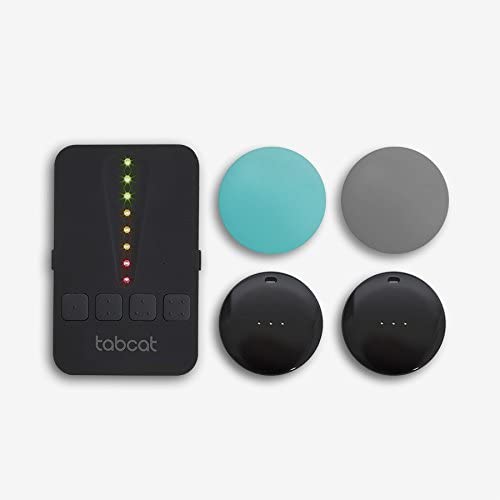
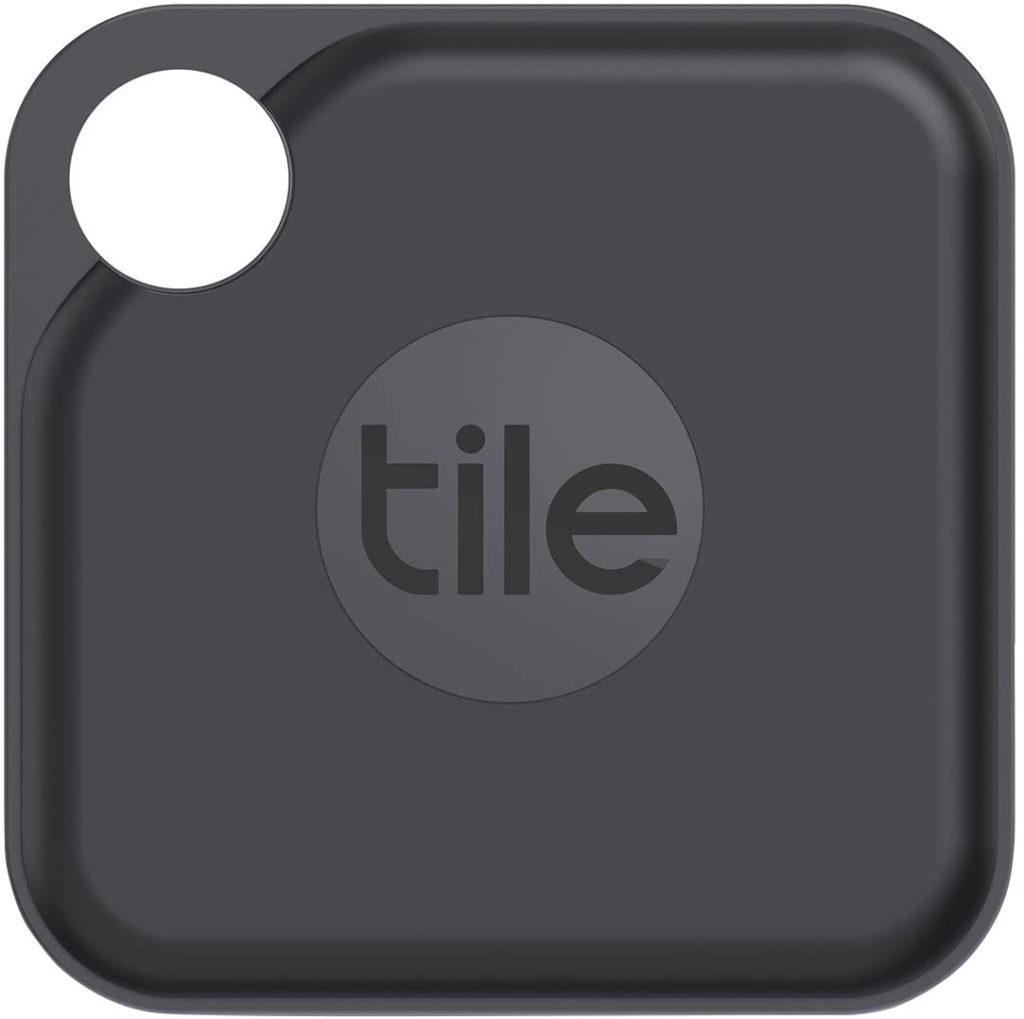

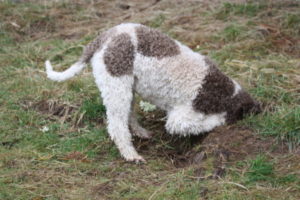


No comment yet, add your voice below!